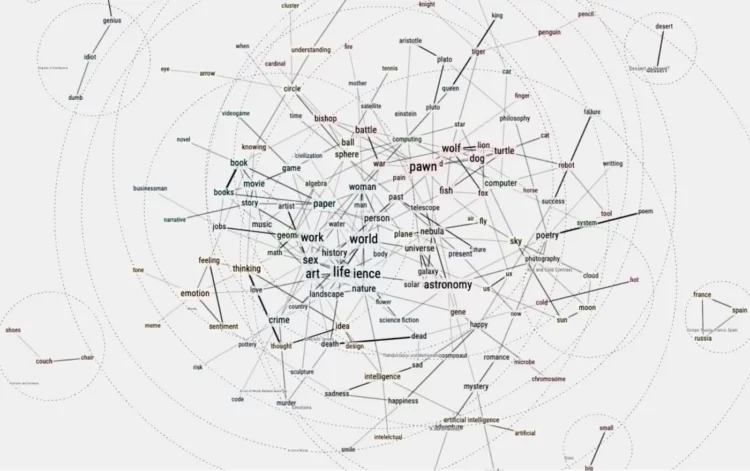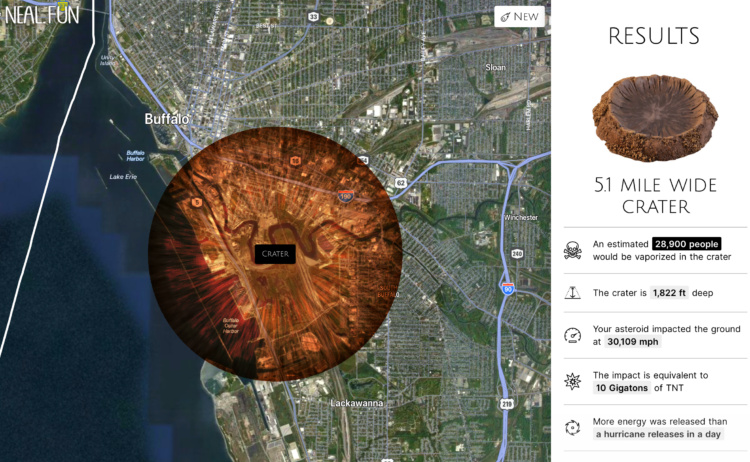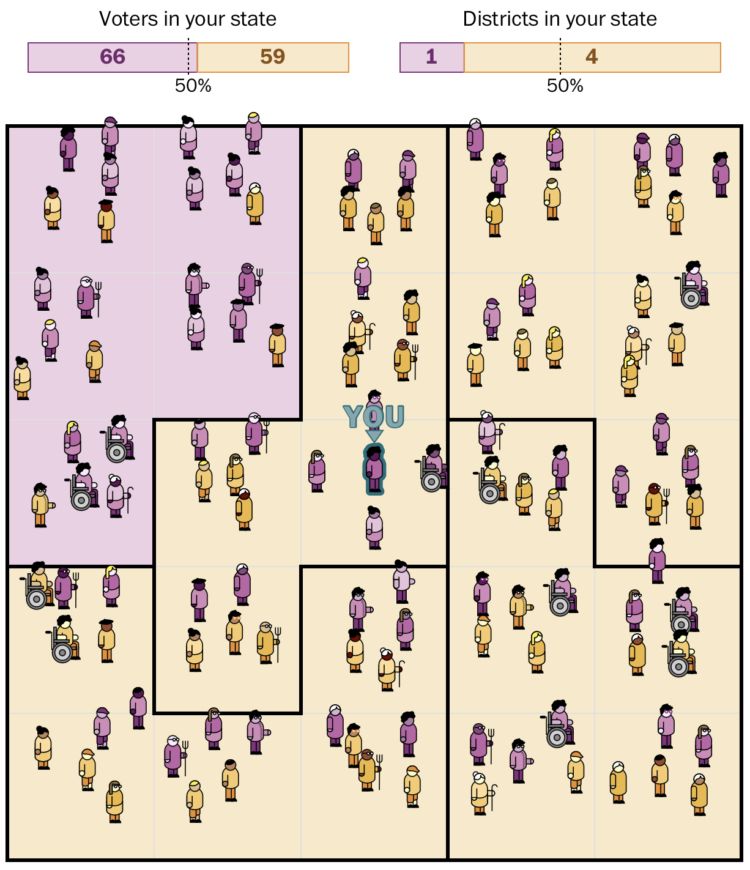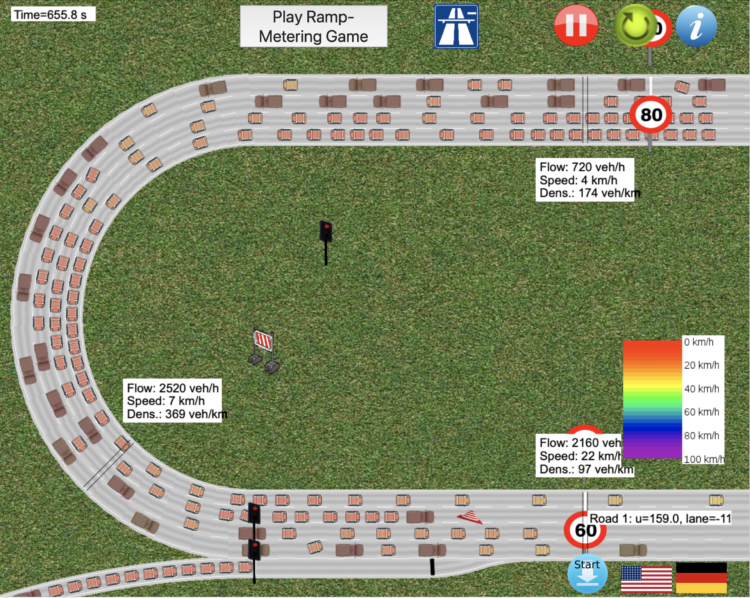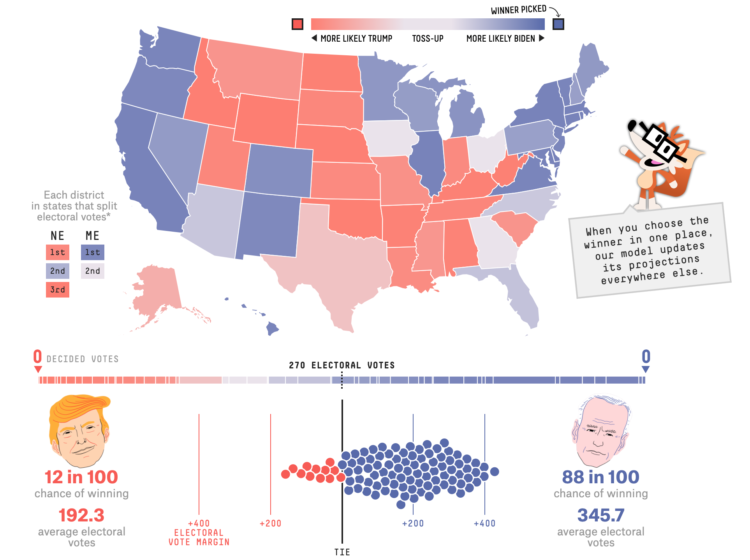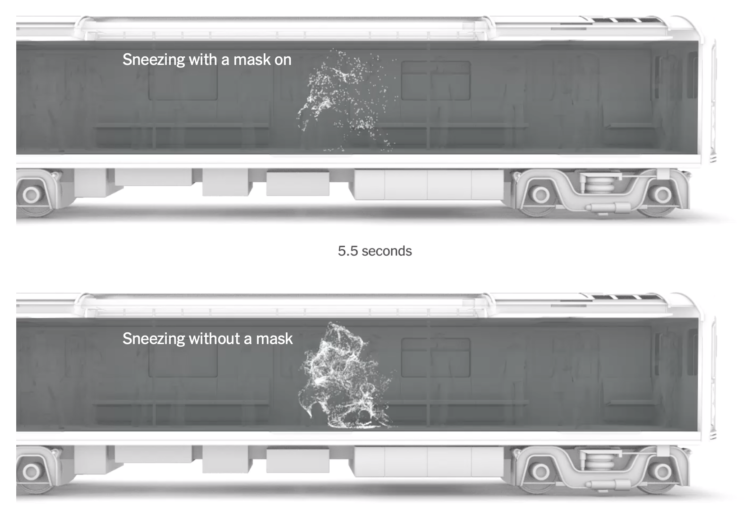Philippe Vandenbroeck and Santiago Ortiz were curious about a system that incorporated knowledge from a real person and ChatGPT, which is good for smushing text together in a coherent format. So they embedded text from Vandenbroeck into the ChatGPT model so that he could with himself. Ortiz describes the technical aspects of the system here.
See also the AI chatbot modeled on texts from a fiancee who passed. Looking back on our lives in a few decades is going to be weird.
Tags: ChatGPT, Philippe Vandenbroeck, Santiago Ortiz, simulation
